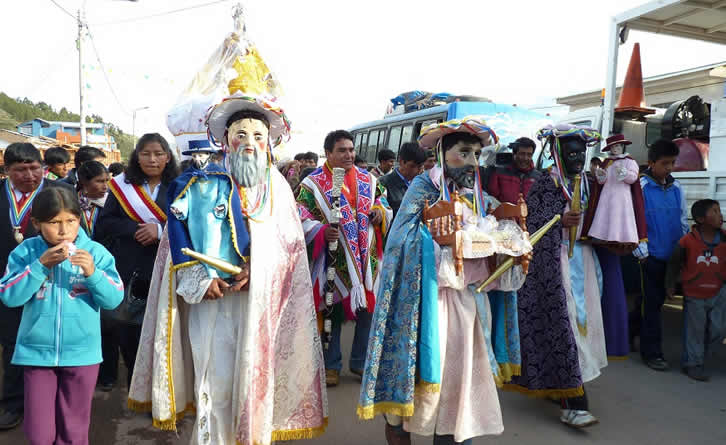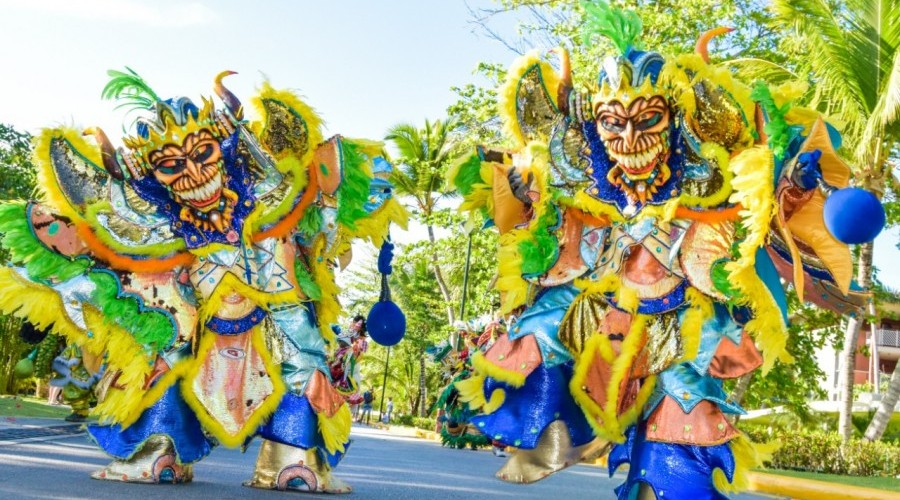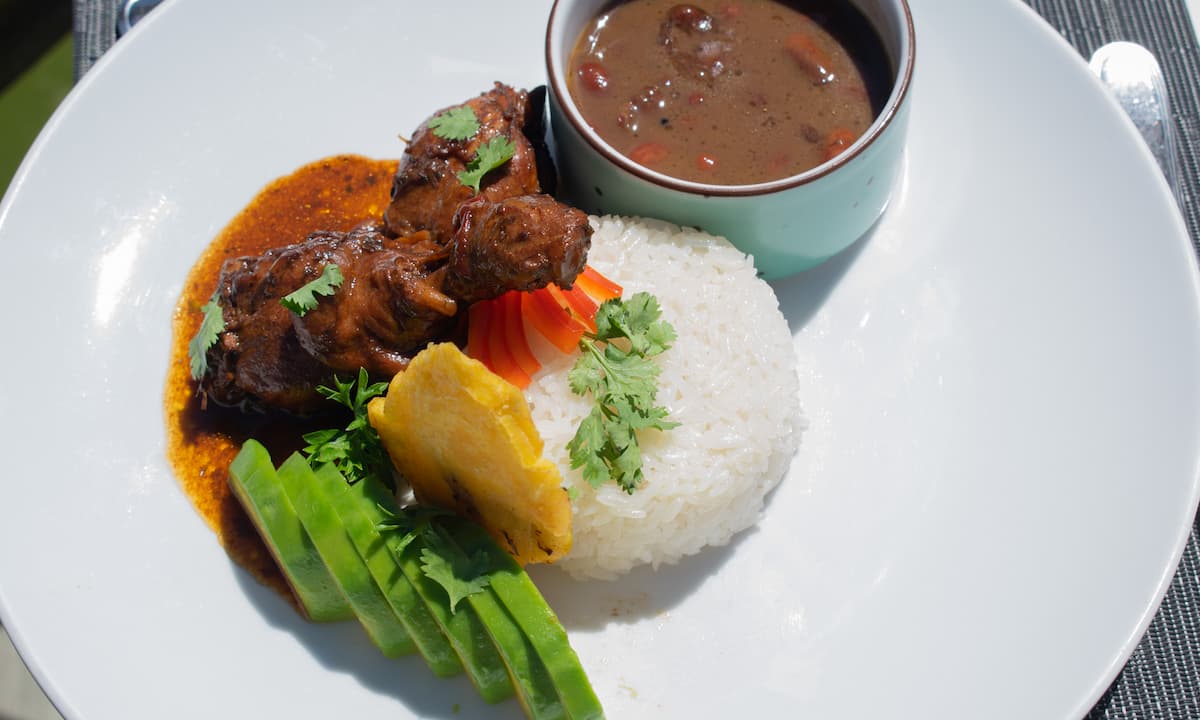2. Blue amber
Blue amber is amber exhibiting a rare coloration. It is most commonly found in the amber mines in the mountain ranges around Santiago, Dominican Republic, but also in the eastern parts of the Dominican Republic. Although little known due to its rarity, it has been around since the discovery of Dominican amber.
Causes of coloration
When natural light strikes blue amber on a white surface, the light passes right through, and is refracted by the white surface. The result is the slight blue hue of blue amber. When the same natural light strikes the amber on a black surface, the light is not refracted by the black surface, but by the actual amber. Hydrocarbons in the blue amber shift the sun’s ultraviolet light down in frequency, resulting in the glow of blue amber.
This effect is only possible in some specimens of Dominican amber category, in some Mexican ambers from Chiapas and some ambers from Indonesia. Any other amber (such as Baltic amber) will not display this phenomenon, because its original resin is not from the Hymenaea protera tree.
The polycyclic aromatic hydrocarbons, produced through a pyrolytic process that is initiated via irradiation, relax to their ground state, absorb high-energy ultraviolet photons and re-emit them as lower-energy visible photons, according to the absorbance curve of the particular fluorophore.
Recently, optical absorption, fluorescence and time-resolved fluorescence measurements in Dominican ambers have been reported. These studies show that the “blue” variety reveals an intense fluorescence emission in the visible wavelength region, between 430 and 530 nm, with spectral features typical of aromatic hydrocarbons. On the contrary, the Dominican “red” and “yellow” amber varieties have a much weaker and featureless emission, although still do have a certain fluorescence. The process in blue amber is surprisingly similar to phosphor.
Although there are several theories about the origin of Dominican blue amber, there is a great probability that it owes its existence to ingredients such as anthracene as a result of ‘incomplete combustion’ due to forest fires among the extinct species Hymenaea protera trees about 25 to 40 million years ago.
3. El Dia de Los Santos Reyes
El dia de Los Santos Reyes is a unique tradition in the Dominican Republic, and it’s also known as the Day of the Three Kings
The Dominican Republic is known for commemorating the three wise men’s visit to baby Jesus and his mother, Mary. Even though it’s close to Christmas, this day is a separate holiday where young children in the Dominican Republic receive gifts from the three kings left under their beds.

4. Punta Cana
Blessed with one of the Caribbean region’s longest white sand coastlines–a whopping 48 kilometers (30 miles), punctuated with sky-reaching coconut palms–Punta Cana is the land of rest and relaxation by the sea. Here, where the Atlantic meets the Caribbean, from the northern tip at Uvero Alto to the southern at Cap Cana, all-inclusive resorts and boutique hideaways offer all the whims and comforts of modern beachfront living. Families enjoy miniature entertainment centers and water parks for children, while couples-only enclaves boast dream wedding locations, with secluded beachside lodging for an ultra-romantic stay.
https://www.godominicanrepublic.com/destinations/punta-cana/
5. El Carnaval de la Vega
The Dominican Republic is famous for a lively carnival called El Carnaval de la Vega. This carnival has a rich history, starting as a religious event to mark the victory of good over evil.
Nowadays, it celebrates the country’s independence and is famous for its unique devil masks. These masks are made from paper-mâche and are intricately crafted with bright colors, spiky horns, and real cow teeth.
Incredibly, the tradition of making these masks has been trans-generational in the local community. Apart from the masks, this festival has many engaging and interesting activities you will enjoy during your v isit.

6. The Dominican Republic is home to both the highest peak in the Caribbean - Pico Duarte in the Central Mountain Range (3,098 meters above sea level), and the lowest point in the Caribbean - Lake Enriquillo between the provinces of Bahoruco and Independencia (46 meters below sea level). Lake Enriquillo is also the largest lake in the Caribbean.
7. First European Settlement in the Americas
The Dominican Republic is a country located on the island of Hispaniola in the Greater Antilles archipelago of the Caribbean region. It occupies the eastern five-eighths of the island, which it shares with Haiti.
The native Taíno people had inhabited Hispaniola before the arrival of Europeans, dividing it into five chiefdoms. They had constructed an advanced farming and hunting society, and were in the process of becoming an organized civilization. The Taínos also inhabited Cuba, Jamaica, Puerto Rico, and the Bahamas. The Genoese mariner Christopher Columbus explored and claimed the island for Castile, landing there on his first voyage in 1492.[4] The colony of Santo Domingo became the site of the first permanent European settlement in the Americas and the first seat of Spanish colonial rule in the New World.
Santo Domingo, capital of the Dominican Republic. It is situated on the southeast coast of the island of Hispaniola, at the mouth of the Ozama River, and is the oldest permanent city established by Europeans in the Western Hemisphere. The city is also the seat of the oldest Roman Catholic archbishopric in the Americas.
https://en.wikipedia.org/wiki/Dominican_Republic#European_colonization https://www.britannica.com/topic/World-Heritage-site
9. Bandera Dominicana
La Bandera is considered the national dish of the Dominican people. It consists of white rice, chicken or beef, and red beans, accompanied by tostones, green salad or even avocado.
It is one of the most popular dishes in the Dominican Republic, and it is not uncommon to see households eating it for lunch up to four times a week.
Moreover, it is said that its name comes from its colours, as they are reminiscent of the colours of the country’s flag.
You certainly can’t visit the country without trying it, as it is part of the Dominican Republic’ s national identity.

10. Even if Dominican Republic is just a half of La Española island, it has its own endemic species, a small fresh water fish: Limia sulphurophila. The last name in Latin name means a friend of sulphur.
The following two blue paragraphs are from Wikipedia:
Habitat and ecology
Limia sulphurophila inhabits lowland freshwater karst springs on the basin of Lake Enriquillo. These ecosystems are characterized by, hard, alkaline waters with high levels of carbonate salts. Springs inhabited by this species have sandy to gravelly bottom which can be covered with algae and aquatic plants.
Other fish species present in this habitat include Limia melanonotata, Gambusia hispaniolae, and Gobiomorus dormitor. Plants present throughout the distribution of L. sulphurophila include Ludwigia repens, Najas guadalupensis, Bacopa monnieri, Hemianthus callitrichoides, Echinodorus berteroi, Riccia fluitans, Heteranthera reniformis and Eleocharis sp.
Here is the map of the zone where Limia lives.
And this is the typical view in the rivers of Limia's habitat
All photos are from Wikipedia.







